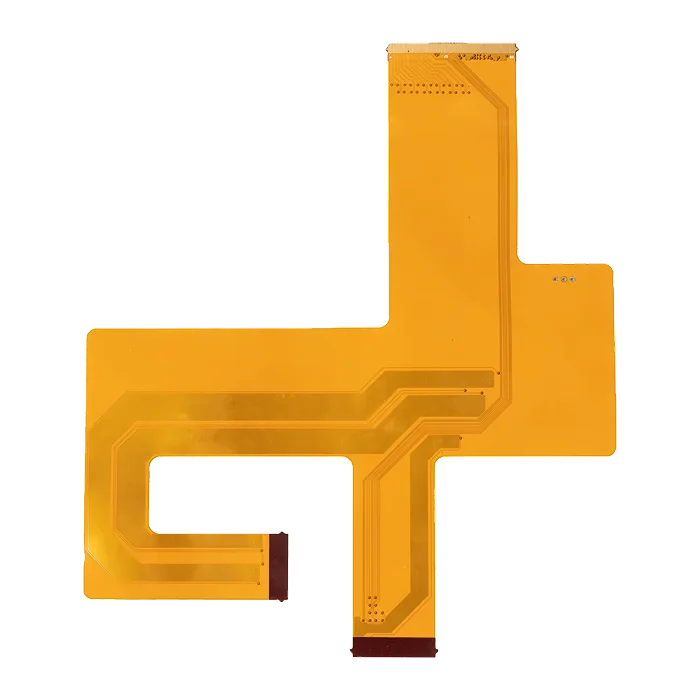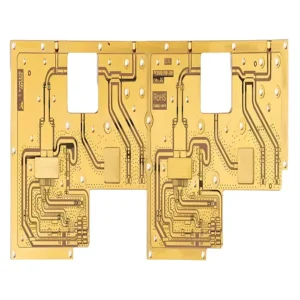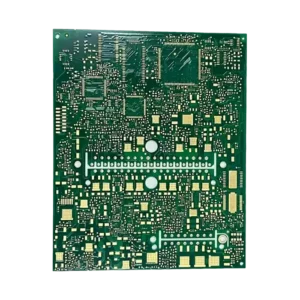Single sided flexible PCB board for cost-effective applications
$16.80
Single sided flexible PCB board is the most basic type of flexible PCB, with a conductive copper layer on only one side of the flexible substrate and no plated through holes. This type of board can be manufactured quickly and inexpensively, allowing for bending and folding, making it suitable for applications where space and flexibility are critical.
Shipping fee and delivery date to be negotiated. Send inquiry for more details.
Your payment information is processed securely. We do not store credit card details nor have access to your credit card information.
Claim a refund if your order is missing or arrives with product issues, our support team would deal with your refund within 24 hours.
| Layer Counts | 1L |
| Base Material | Polyimide (PI) |
| Board Thickness(mm) | 0.5 |
| Max board size(mm) | 570*1200 |
| PCB size tolerance | ±0.3mm |
| Min. Hole Size | 0.1mm |
| Min. Line Width | 8mil |
| Copper Weight | 1oz |
| Surface Finish | ENIG |
| Certificate | UL, RoHS, ISO, and REACH |
 Single sided flexible PCB board for cost-effective applications
Single sided flexible PCB board for cost-effective applications
| 5 star | 0% | |
| 4 star | 0% | |
| 3 star | 0% | |
| 2 star | 0% | |
| 1 star | 0% |
Sorry, no reviews match your current selections
Questions & Answers
1.What is your lead time?
It usually takes 1–3 days for prototypes. For mass production, expect 7–15 days, depending on the order quantity and the design complexity.
2.Which payment methods are available?
You can choose from multiple payment options like T/T, West Union, Money Gram, L/C, and PayPal (for samples). Please speak with our sales team for more information.
3.What are the key materials used in single sided flexible PCB board?
The main materials include a flexible insulating base, a thin copper foil layer, and sometimes an optional coverlay or protective coating.
4.What’s the greatest advantage of choosing flexible PCB over rigid ones?
They bend, fold, or twist to fit tight and complicated spaces, well adapted for wearable or space-constrained applications.
5.Is it possible to apply stiffeners to single sided flexible PCB board?
Yes, stiffeners can be used to provide mechanical support in specific areas, such as connector zones or component mounting locations.







